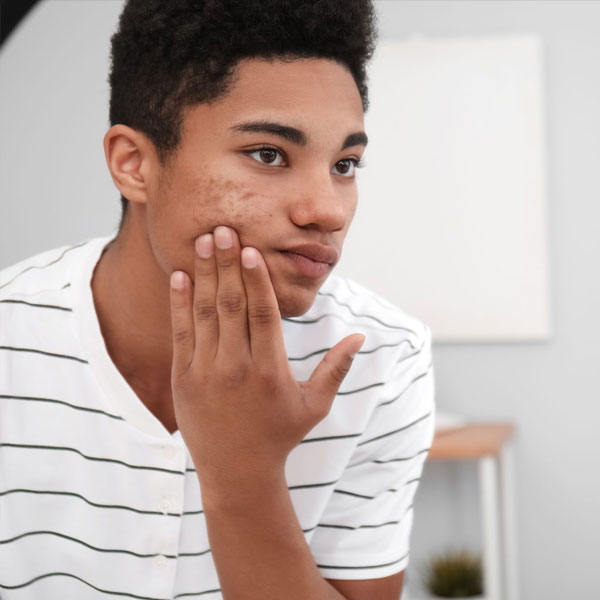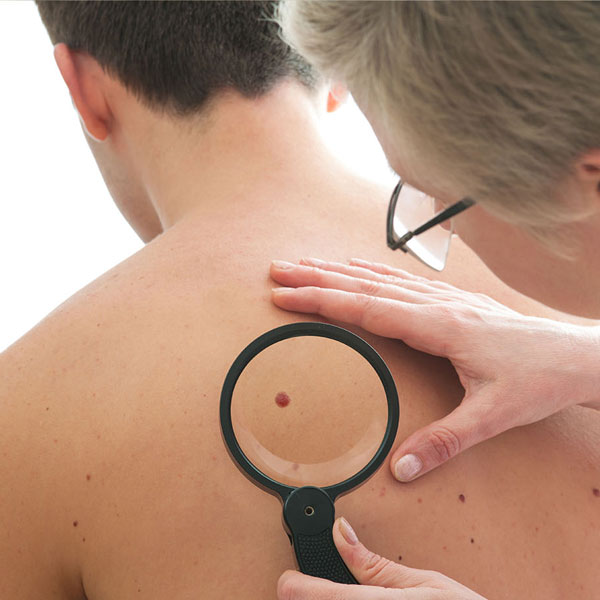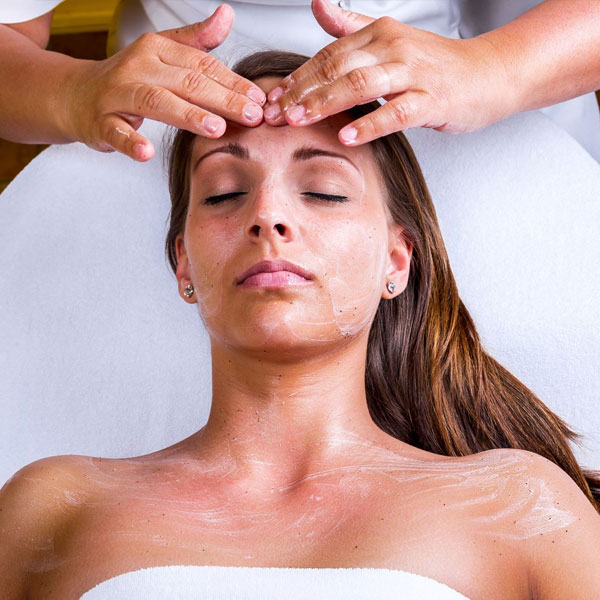Epiphany Dermatology of West Lake Hills, TX
Meet Your Providers (some providers may service multiple locations)
-

Mary Ann Martinez, MD
Board-certified dermatologist that specializes in the prevention, early detection, and treatment of skin cancer, as well as improving the aesthetics of patients’ skin
Fellow of the American Academy of Dermatology (AAD)
Special interest in adolescent and adult acne, skin cancer prevention, skin cancer detection, female dermatology, and antiaging skin care

-

Chelsey E. Straight, MD
Double board-certified dermatologist and fellowship-trained Mohs surgeon
Fellow of the American College of Mohs Surgery (ACMS)
Has performed thousands of Mohs surgery cases
Epiphany Dermatology of West Lake Hills is committed to offering the highest standard of dermatologic care, working collaboratively with our patients to personalize their treatments and yield the best possible outcomes.
Our board-certified dermatologist emphasizes preventive skin care and recommends a yearly full body skin examination for early detection of atypical moles, precancerous skin lesions, and skin cancer. We specialize in the diagnosis and treatment of conditions of the skin, hair, and nails for all age groups.
We are conveniently located on Bee Caves Road near the intersection of Loop 360, approximately 3.5 miles west of MOPAC in the Westlake Medical Center right above Frost Bank at 5656 Bee Caves Road, Building D, Suite #203.
Featured Services

Wrinkle Reduction (BOTOX® Cosmetic, Dysport®, etc.)
As our skin thins over time, it creases more easily with muscle movement. Neuromodulator (Botox® Cosmetic, DAXXIFY®, Dysport®, and Xeomin®) treatments prevent wrinkles because they lessen this contraction. With these injections, the toxins stop the muscle movements that cause frown lines, crow’s feet, forehead lines, and wrinkling.

Fillers
Injectable fillers help restore volume in the skin, which can reduce the appearance of lines and wrinkles that come with age. Injectable fillers have also been used to make thin lips fuller, correct acne scars, and make the areas under the eyes less dark or puffy.
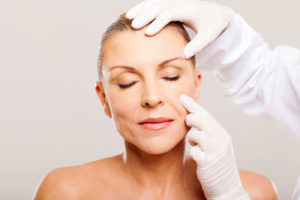
Mohs Surgery (On-Site Skin Cancer Removal)
Mohs surgery spares the most amount of normal tissue and has the highest cure rates for many non-melanoma and melanoma skin cancers. It’s the gold standard of care in non-melanoma skin cancers and is commonly used in the treatment of some melanomas.

Juvéderm®
If you’re looking for non-invasive ways to treat fine lines and wrinkles, chances are Juvéderm has been discussed. While classified as a filler, Juvéderm is a sweeping term for a collection of hyaluronic acid fillers with each product targeting a specific area of the face.

Kybella®
KYBELLA® is the first FDA-approved injectable treatment created to destroy fat cells under the chin area otherwise known as a “double-chin”. KYBELLA® helps to breakdown hard to reach fat, which reduces fullness under the chin.

Chemical Peels
Most people don’t realize that there are several kinds of peels great for improving the appearance of the skin. Chemical peels should be done in a series of three to six peels. For best results, we recommend a series of six peels, three weeks apart.

Acne Treatment
Acne can have a big impact on your life, which is why we take acne treatment very seriously and use aggressive treatment plans when necessary. Our staff is passionate about treating acne to prevent the emotional and physical scars that can last a lifetime.
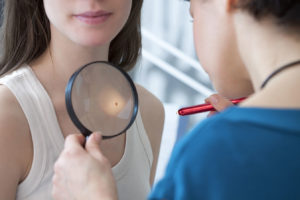
Skin Care Screenings
Skin cancer doesn’t discriminate. Anyone can get skin cancer, whether young or old, fair or dark, and it’s the most common type of cancer in the United States. Most people should have a professional skin examination once a year.
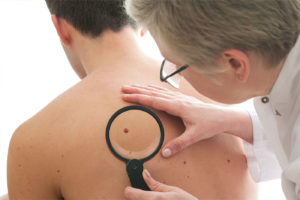
Biopsies
A biopsy is the removal of a piece of skin to help render a diagnosis of skin cancers or inflammatory conditions. Dermatologists biopsy an area to confirm a diagnosis that cannot be rendered with the eyes alone. We need a microscope to be certain.
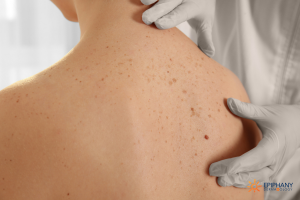
Pre-Cancerous Lesions
A skin spot referred to as a “precancerous lesion” is usually a specific sun-induced growth called actinic keratosis. It’s one of the most common issues we see in dermatology, and it’s what prompts most patients to schedule their dermatologist visits.
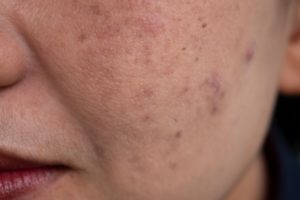
Melasma (Hyperpigmentation)
Melasma is a skin condition that creates brown patches of skin in areas that get significant sun exposure. Our skilled team members work hard restoring your skin and helping you achieve a smooth, even complexion.

Rashes
A rash is an abnormal change in your skin’s texture or color, usually characterized by a red, scaly irritation on your skin. Because of the sheer number of rashes and their subtle differences, specialized training is required to properly diagnose and treat rashes.
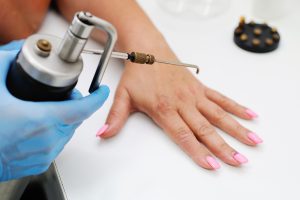
Warts
Warts are non-cancerous skin growths that appear when a virus infects the top layer of skin. Although they aren’t dangerous, they are contagious. As with any noticeable change in your skin, it’s best to consult our team, so we can provide treatment options.
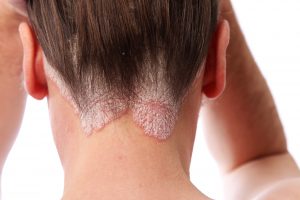
Psoriasis
Psoriasis is an inflammation in the skin driven by the body’s own immune system. The inflammation in the skin causes red, itchy, and scaly lesions mainly around elbows, knees and scalp. While not contagious, it’s important to seek the help of a dermatologist.
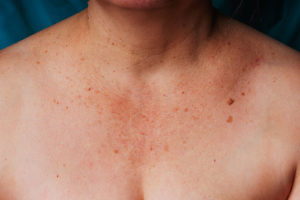
Sun Spots
Sun spots are light brown to tan spots that appear on the skin and are usually from sun exposure. The most common body areas affected are the face, shoulders, arms, and hands. They are usually benign, however, skin cancer can develop a lesion.

Hair Loss (Alopecia)
The cause of male pattern hair loss can typically be summed up in one word – genetics. If you’d like to learn more, we can educate you about the treatment options and possible side effects to help you determine the best course of action.





